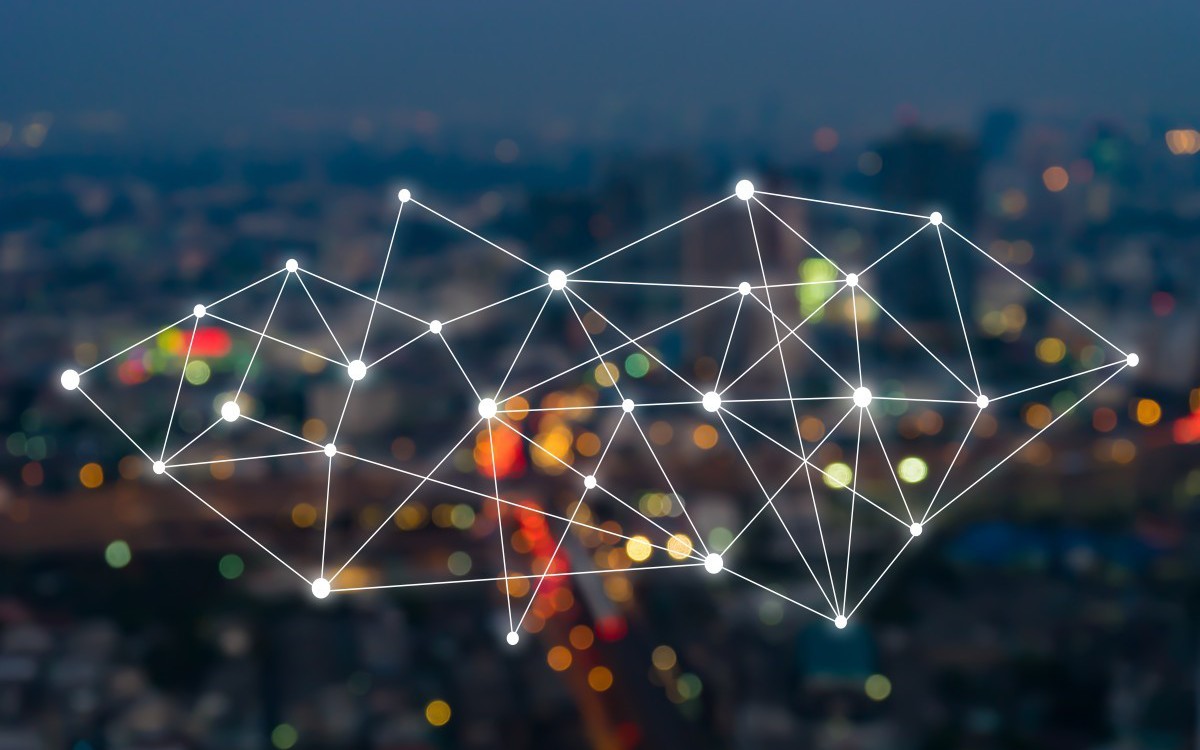This article is an introduction to edge computing. Let’s have a look at what edge computing is and the advantages.
Introduction
Over the years of computing, the processing and storage of data systems that are used in the interconnected computers have been based on the technology of cloud computing. Cloud computing has been based on the centralized data storage systems where all the devices performing some internet operations depend on the efficiency of the cloud service provider.
Since the data has often been centralized, various concerns including the security and the speed in operation have been raised regarding this setup of infrastructure. Since the data is centralized, a single breach can sabotage a large number of users. Moreover, people’s right to privacy may be violated since the service providers have an opportunity to access and monitor people’s details and demographic characteristics.
Latency to the information required may be experienced when the data is being transmitted from the cloud to the end-user due to factors such as the traffic and the distance.
The introduction of edge computing has proved to be effective in the problems associated with cloud computing. Let’s have a look at what edge computing is and the advantages.
Edge Computing From a Broad Perspective
The introduction of edge computing has led to the successful proximity of internet data to the end-user. This is done by installing the edge devices close to the end-user by different service providers. A system of interconnected nodes enables the transfer of data from one edge device to the other, hence resulting in the ease of accessing information.
The response time which has been a critical concern especially to the heavy commercial consumers has been solved by this great technology of edge computing. Since the edge devices are close to the end-user, the time of travel of the information from one end-user to the other or from an end-user to a system of AI in the edge devices is minimized. Besides, the traffic that exists in cloud computing is eliminated since the decentralized edge devices serve few users, consequently, the efficiency in the response time and rate.
What Is So Unique in Edge Computing
The system of a computer program that functions to avail data to users at their location and delivers it, can be referred to as an edge device.
Most service providers such as the CCTV cameras, traffic systems in roundabouts and other critical points that heavily depend on the real-time processing of data find the edge computing useful in these functions. The CCTV cameras collect a huge amount of data that can be as high as 10 GB per second especially in a moving car for about a mile. For the data to be transferred to the cloud for the AI (artificial intelligence) to assist in its processing, there can be latency experienced in the process resulting in poor decision making especially in the self-driving cars or the AI dependent systems.
Edge devices enable the real-time processing of the data in huge volumes and at the shortest distance hence the elimination of the latency experienced when cloud computing is adopted. Cloud computing might be efficient in the operation of huge data for its capacity and the extent of specialized and sophisticated hardware installed in it, the edge devices are unchallenged in the operation of real-time data.
#cloud computing #data #edge computing #edge #interner of things #cloud
